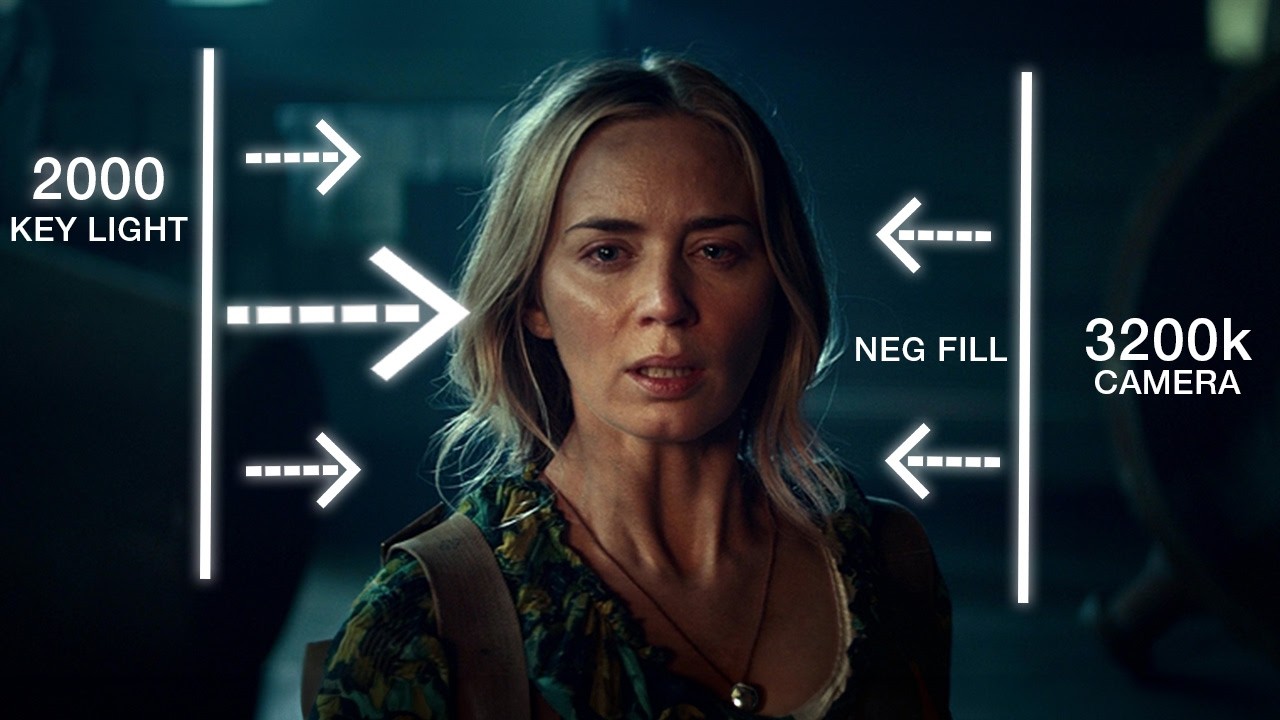3 Brilliant Moments of Blocking (in Kurosawa's High and Low)
Summary
TLDRこのスクリプトは、映画監督がどのように俳優を空間内で動かして物語を伝える手法である「ブロックング」を分析しています。特に、アキラ・クロサワの作品「高と低」を通じて、ブロックングがどのように登場人物の内面を外に表現し、個々の要素を一つの絵画に結びつけ、視聴者の注目をコントロールするのかを詳述しています。クロサワの精緻な演出と俳優の動きは、登場人物の動機を明らかにし、全体として強烈な視覚効果を生み出します。このスクリプトは、映画芸術における「ブロックング」の重要性と効果を理解するのに役立ちます。
Takeaways
- 📽️ 脚本讨论了电影制作者如何通过移动场景中的角色来讲述戏剧性的故事,即所谓的“blocking”(舞台布局)。
- 🎭 Blocking一词源自戏剧,指的是在空间中人物的摆放和移动,用以讲述戏剧性的故事。
- 🌟 通过分析黑泽明的电影《天堂与地狱》中的三个精彩瞬间,展示了blocking在戏剧叙事中的不同功能。
- 🚶♂️ Blocking可以展现人物的内在特质,通过他们的行动和移动来揭示他们的性格和情感。
- 💡 好的blocking应该基于人物的真实行为和所处情境,同时具有可信度和启发性。
- 🤔 Blocking不仅仅是为了营造氛围,还需要让人物的动作显得自然而合理。
- 🎨 通过精心设计的blocking,可以将个别元素组合成一个整体,创造出可以作为单一感人画面的tableau。
- 🔍 Blocking的第二个重要功能是控制观众的注意力,引导观众在特定时间关注画面的特定部分。
- 👀 通过对比、人物的相对位置和动作,可以有效地引导观众的视线,而无需使用特写镜头。
- 📐 在《天堂与地狱》的一个关键时刻,通过将所有人物汇集在画面中,展示了blocking如何用来集中焦点。
- 🧐 通过人物的自然行为和位置,观众可以感受到角色的动机和他们之间的紧张关系。
- 🎬 黑泽明通过细致的blocking,使得每个角色的动作和位置都充满了意义,为观众提供了一个引人入胜的视觉叙事。
Q & A
「ブロック」という用語は、どこから借用された用語ですか?
-「ブロック」という用語は、演劇から借用された用語です。これは、空間内の人物の配置と動きを目的に、ドラマティックな物語を語るためのものです。
カメラが持つ能力がブロックを時代遅れにしているという考え方はどうですか?
-カメラが持つ能力は、ブロックを時代遅れにすることではなく、追加の技術を提供します。多くの傑出した監督は、カメラと俳優の動きを組み合わせることで創造的な演出を実現しています。
アキラ・クロサワ監督の「ハイアンドロー」で見られるブロックの3つの機能は何ですか?
-「ハイアンドロー」で見られるブロックの3つの機能は、人物を動かし彼らの本性を明らかにすること、個々の要素を一つにまとめることで一つの絵を描き、そして優れたブロックでフィギュアを整えることで、特定の画像に焦点を合わせることです。
アキラ・クロサワ監督はどのようにしてキャラクターの動きで彼らの内面を表現するのですか?
-アキラ・クロサワ監督は、キャラクターが実際に動くべき方法で彼らを動かすことで、彼らの内面を表現します。これは、キャラクターがその場に応じた自然な動きで自己を明らかにすることができるように、監督の創造的な工夫が必要です。
映画「ハイアンドロー」の冒頭で見られるシーンは何を物語っていますか?
-映画「ハイアンドロー」の冒頭のシーンでは、キャラクターがそれぞれの立場と感情を通じて、平行した物語の糸を完璧に表現しています。それぞれのキャラクターの注目点と目が、彼らの主要な関心を明らかにしています。
映画の中でのブロックの重要性は何ですか?
-映画の中でのブロックは、個々のキャラクターの物語を伝えるだけでなく、全体として一つの絵として読めるように、個々の要素を一つにまとめる力を持っています。また、カメラの動かし方と同じように、観客の視線をコントロールする力も持っています。
アキラ・クロサワ監督はどのようにして映画のシーンの焦点をコントロールするのですか?
-アキラ・クロサワ監督は、キャラクターの配置と動きを通じて、シーンの焦点をコントロールします。カメラのクローズアップと同じ効果を広角ショットで実現するほどのスキルを持っています。
映画「ハイアンドロー」の最後のシーンでは、どのような効果的なブロックが使用されていますか?
-映画「ハイアンドロー」の最後のシーンでは、8人のキャラクターが一度にフレーム内に入る中で、複雑なブロックを使用して、シーンの焦点を移動させています。これは、キャラクターの自然な行動と、全体として物語が展開されるように、時間をかけて慎重に計画された結果です。
アキラ・クロサワ監督の映画でブロックはどのように物語に寄与するのですか?
-アキラ・クロサワ監督の映画では、ブロックはキャラクターの動かし方で彼らの動機を明らかにし、個々のキャラクターの位置づけが一つになることで、一つの絵として物語を伝え、さらに焦点をコントロールすることで物語を展開します。
映画「ハイアンドロー」のシーンで、キャラクターの配置がどのように物語を進めるのですか?
-映画「ハイアンドロー」のシーンでは、キャラクターの配置は彼らの感情や動機を物語るだけでなく、全体として一つの絵として読めるように、物語を進めます。また、キャラクターの動きと配置によって、観客の視線がどこに注目すべきかをコントロールして物語を進めます。
アキラ・クロサワ監督の映画でブロックを使用する意図は何ですか?
-アキラ・クロサワ監督は、ブロックを使用してキャラクターの内面を外に表現し、個々のキャラクターが持つ物語を一つにまとめることで、全体として強力な視覚的な影響を与えます。また、ブロックを使用することで、観客の視線をコントロールして、物語を効果的に伝えます。
映画「ハイアンドロー」のシーンで、キャラクターの動きがどのように彼らの感情を物語るのですか?
-映画「ハイアンドロー」のシーンでは、キャラクターの動きは彼らの感情や欲求、欲望を行動に移し変えて、観客が理解しやすい形で自己を明らかにします。これは、キャラクターがその場に応じた自然な動きで、彼らの動機を物語るための創造的な工夫が必要です。
Outlines

This section is available to paid users only. Please upgrade to access this part.
Upgrade NowMindmap

This section is available to paid users only. Please upgrade to access this part.
Upgrade NowKeywords

This section is available to paid users only. Please upgrade to access this part.
Upgrade NowHighlights

This section is available to paid users only. Please upgrade to access this part.
Upgrade NowTranscripts

This section is available to paid users only. Please upgrade to access this part.
Upgrade NowBrowse More Related Video

Shoot Like a Cinematographer NOT a Videographer

もはや判別不能!?Googleの新たな動画生成AIモデルにネット驚愕!AIが話し、効果音や環境音まで一発生成してしまう。「ブラックスワン」の監督も本格運用へ!

The Acolyte’s Charlie Barnett on Stripping Down for the First Real Shirtless Scene in 'Star Wars'

AVのとある企画の裏側について話す本郷愛【本郷愛切り抜き】

海外で800万回再生された「一度読んだら忘れない読書術」とは?

P修正2Entaview 480 202406 1w
5.0 / 5 (0 votes)
